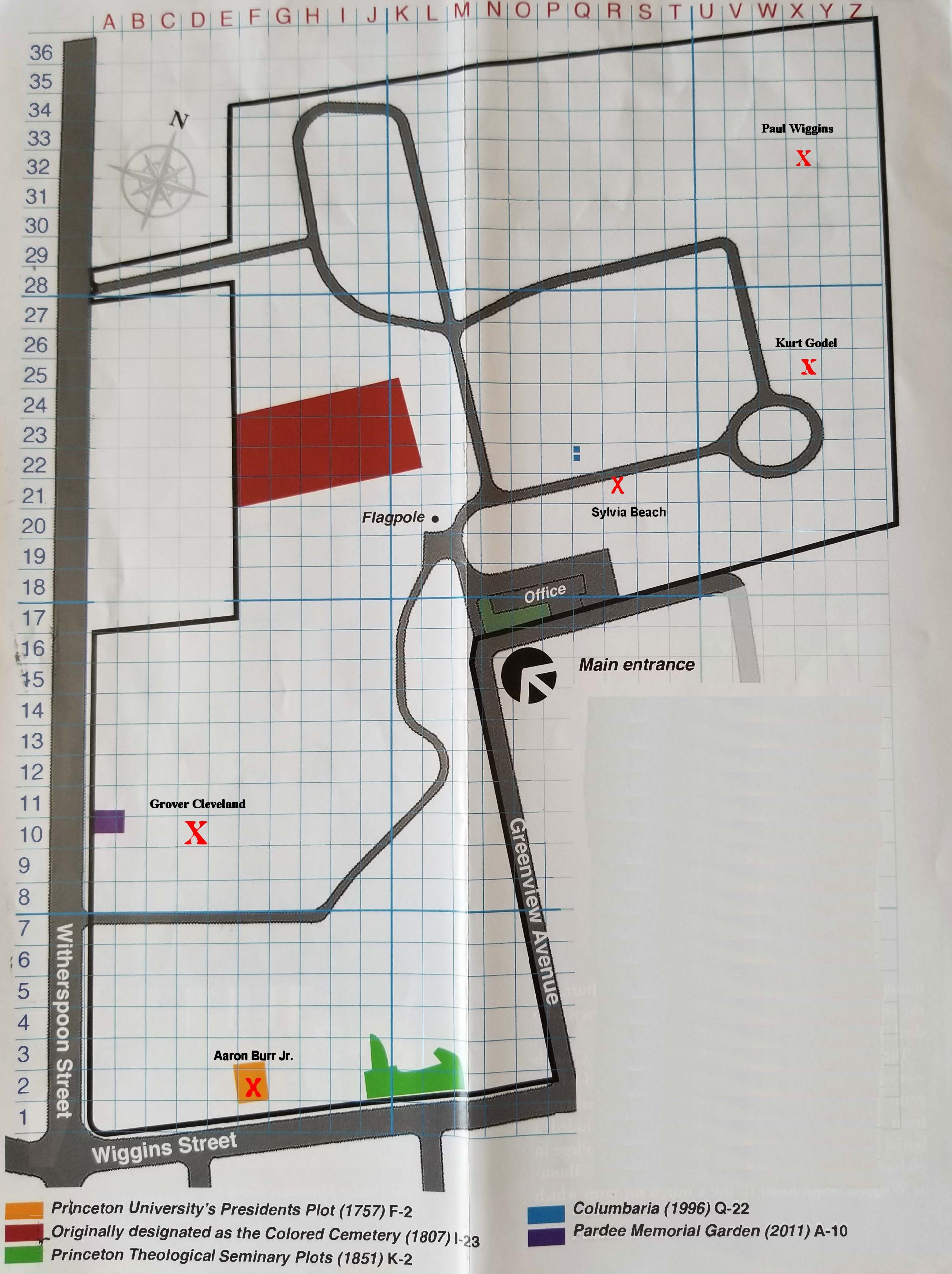Grover Cleveland
Fun Facts
The Baby Ruth candy bar is named after Ruth Cleveland, the daughter of President Grover Cleveland. The Curtiss Candy Company, which created the candy bar, has always maintained that it was named in her honor, despite the fact that she died (diphtheria) 17 years before the bar was introduced. Some have suggested that the name was chosen to capitalize on the popularity of baseball player Babe Ruth, but the company has consistently denied this.
The candy maker, located on the same street as Wrigley Field, named the bar “Baby Ruth” in 1921, as Babe Ruth’s fame was on the rise, 24 years after Cleveland had left the White House, and 17 years after his daughter, Ruth, had died. The company did not negotiate an endorsement deal with Ruth, and many saw the company’s story about the origin of the name to be a way to avoid having to pay the baseball player any royalties.
Cemetery Information:
Final Resting Place:
Princeton Cemetery
29 Greenview Avenue
Princeton, New Jersey, 08542
USA
North America
Map:

Grave Location:
Section 1, Block U, Lot 15, Grave 12Grave Location Description
As you enter the cemetery drive past the office on your right make the first turn to the left. Follow this road around and through the cemetery until you come to the locked gates exiting onto Witherspoon Street. Park and walk to the right approximately 100 feet and directly in front of the Pardee Memorial Garden you will find the final resting place of President Grover Cleveland and his wife and one of his daughters.
Grave Location GPS
40.35304419, -74.66072816Visiting The Grave:
Photos:
FAQ's
Read More About Grover Cleveland:
- Published Obituary
- Wikipedia Entry
- 10 fascinating facts about Grover Cleveland, the only double President
- 7 Interesting Facts About Grover Cleveland That Will Surprise History Buffs
- 10 Facts About Grover Cleveland
- 10 Major Accomplishments of US President Grover Cleveland
- About President Cleveland
- Grover Cleveland - Wife, Presidency & Life - Biography
- Grover Cleveland Biography
- Grover Cleveland - The American Presidency Project







